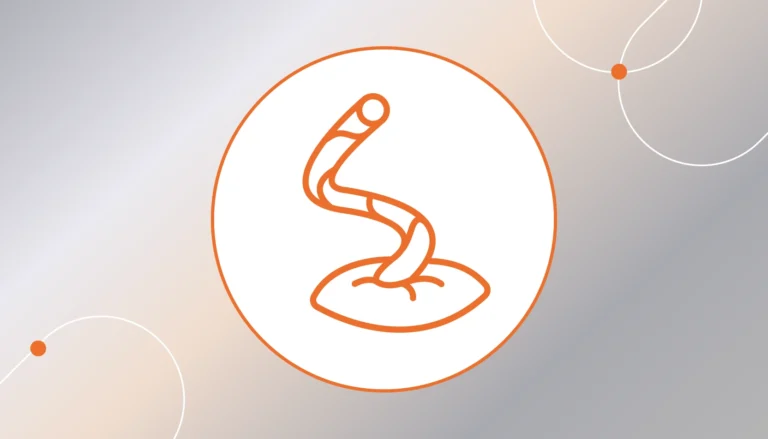The placenta after delivery can be a valuable source of information about a woman's health. It is excreted shortly after the birth of the child. However, unlike labor pain, the placenta is born in a painless manner.
After delivery, the placenta detaches from the uterine wall and is expelled to the outside due to the pushing forces of the parturient. The labor placenta takes less time to deliver than the baby – about 30-60 minutes. Rapid delivery of the placenta due to the fact that it is soft and flexible and easily passes through the woman’s birth tract.
Symptoms of placenta delivery
There are several symptoms of placental detachment during labor: elongation of the umbilical cord, rapid discharge of blood from the uterus, rounding and stiffness of the uterus. Once the baby is born, the blood vessels of the uterus shrink somewhat. They no longer perform the task of supplying the placenta with valuable nutrients, so they close their light. A few weeks after giving birth, a newly minted mother experiences what is known as a “newborn”. “postpartum feces” – That is, the expulsion of residual mucus, membranes and bleeding after childbirth. What does the placenta look like after delivery? In structure, it somewhat resembles a sack or a disk with a delicate brown color, weighing about 1 kg and 20 centimeters in diameter. From the placenta comes a cord of green and blue – this is the umbilical cord. On the surface of the placenta, a reticulum of blood vessels is also prominent.
Procedure for removing the placenta
Sometimes it happens that a woman is not able to expel the entire placenta at once. Then the remains of the placenta after delivery are removed manually by obstetricians. The postpartum placenta is extracted from the woman’s uterus under anesthesia. The decision for this procedure is made by the obstetrician at the time of prolonged labor or too much bleeding. This is a very important procedure to prevent the development of serious postpartum complications. In the case of a cesarean section, this is done quite similarly – you can expel it yourself or with the help of experienced medical personnel.
Use and examination of the placenta after delivery
The placenta after childbirth was once used to sell to pharmaceutical and cosmetic companies, as it was believed to be a source of medicinal substances. Some sources say that eating one’s own placenta prevents the development of postpartum depression, known as “placental depression. “baby blues. Some mammals eat their own placenta. This is to protect against potential attack by predators, who can smell blood even at great distances. In China, it is practiced to freeze-dry the placenta and take it as dietary supplements. Fortunately, such procedures are not possible in Poland, due to legal aspects and the risk of infection, among other things. HIV. So what happens to the placenta after delivery? In most cases, it is incinerated with other fetal membranes in the hospital. Sometimes mothers ask hospital staff to donate the placenta for their own use. This is a prohibited activity, and the hospital has an obligation to properly store and dispose of the waste. Otherwise, he will be held legally responsible – a fine or jail time. The exception is home birth.
Examination of the placenta after delivery is a standard procedure after every birth. Its appearance indicates the general health of the woman in labor and the age of the pregnancy. From the placenta, unfortunately, stem cells cannot be extracted. Normally, they can be obtained from cord blood or umbilical cord. On average, about 70 ml of blood is collected and deposited in blood banks. Stem cells have the property of differentiating into several types of tissues, which is why they are used in medicine, especially to treat severe oncological or hematological diseases.
See also: How to speed up childbirth?
Rate this article:











